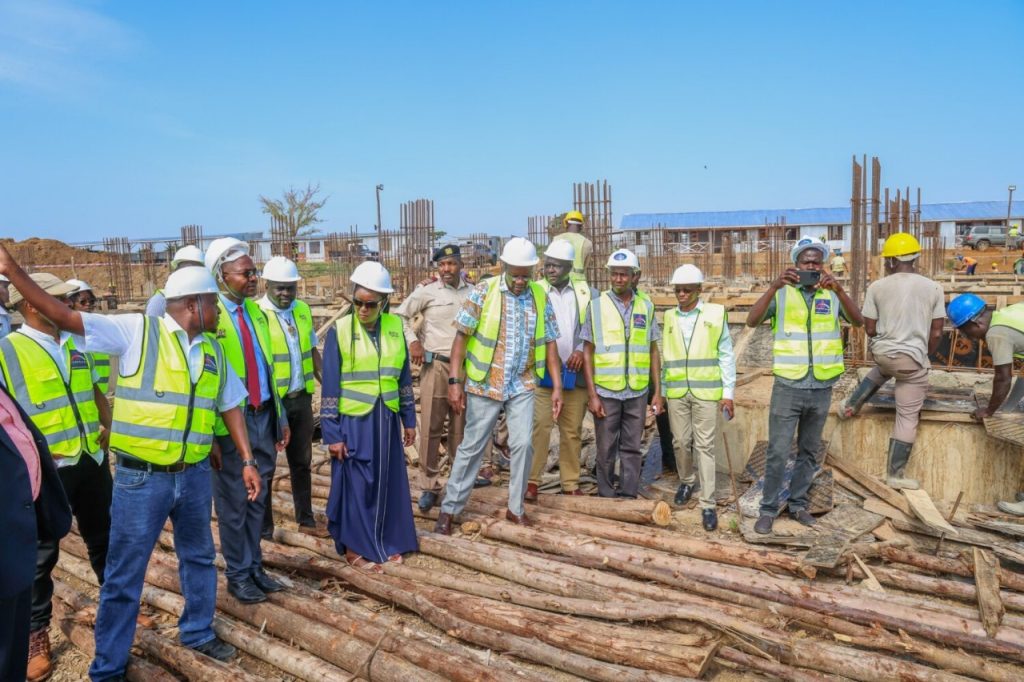Austin’s rapid urban growth is a story told through its evolving skyline and bustling neighborhoods. But beyond the impressive buildings and infrastructure, austin construction plays a vital role in shaping the city’s local communities — economically, socially, and environmentally. Understanding these impacts helps residents, businesses, and stakeholders appreciate the broader value construction brings beyond bricks and mortar.
In this article, we’ll dive into the ways Austin construction influences local communities, from job creation and economic benefits to challenges and community engagement.
Economic Benefits and Job Creation
Boosting Local Employment Opportunities
One of the most direct impacts of Austin construction on local communities is job creation. Construction projects require a diverse workforce including skilled tradespeople, engineers, architects, and support staff. This demand helps reduce unemployment and provides stable income sources for many residents.
Moreover, construction jobs often offer competitive wages and opportunities for career advancement through apprenticeships and on-the-job training, making the industry a cornerstone for workforce development in Austin.
Stimulating Local Businesses
Construction projects bring increased activity to nearby businesses such as restaurants, retail stores, and suppliers. Contractors and workers spend money locally, boosting the economy beyond the immediate job site. Additionally, new commercial developments create lasting business opportunities and attract further investment in the area.
Enhancing Community Infrastructure and Amenities
Improved Public Spaces and Transportation
Many Austin construction projects focus on upgrading public infrastructure such as roads, parks, and transit systems. These improvements enhance the quality of life by making neighborhoods safer, more accessible, and enjoyable.
For example, new pedestrian-friendly sidewalks, bike lanes, and expanded public transit options help reduce traffic congestion and promote healthier lifestyles, benefiting residents across the city.
Increased Access to Housing
With Austin’s population booming, Austin construction addresses housing demand by delivering new residential developments, including affordable housing units. Expanding housing options can help ease market pressures and provide more people with the opportunity to live near job centers, schools, and amenities.
This access is critical to maintaining diverse and thriving communities within the city.
Environmental and Social Considerations
Sustainable Construction Practices
Modern Austin construction projects increasingly prioritize sustainability, using green building materials and energy-efficient designs. These efforts reduce environmental impact and promote healthier living environments for community members.
Incorporating green spaces and sustainable landscaping into developments also helps preserve local ecosystems and enhances neighborhood aesthetics.
Community Engagement and Collaboration
Successful construction projects often involve community input to ensure developments meet local needs and respect neighborhood character. Developers and builders engage with residents through public meetings, feedback sessions, and partnerships, fostering transparency and trust.
This collaborative approach helps mitigate concerns about displacement, noise, or traffic and promotes projects that contribute positively to community cohesion.
Challenges and Addressing Community Concerns
Managing Construction Disruptions
While construction brings benefits, temporary disruptions like noise, dust, and road closures can affect daily life. Effective communication from builders and city officials, along with mitigation measures, is essential to minimize inconvenience to residents.
Balancing Growth with Affordability
Rapid development can sometimes contribute to rising property values and living costs, leading to gentrification concerns. Addressing this requires thoughtful urban planning, affordable housing initiatives, and policies that support inclusive growth.
Industry leaders and local government must collaborate to ensure that Austin construction benefits all community members.
The Future Role of Austin Construction in Communities
As Austin continues to grow, construction will remain a driving force in shaping vibrant, resilient neighborhoods. By focusing on sustainable design, equitable development, and community involvement, Austin construction can enhance quality of life and foster strong local identities.
Building partnerships between contractors, city planners, and residents will be key to creating inclusive spaces that accommodate growth while preserving what makes Austin unique.
Conclusion
The impact of Austin construction extends far beyond new buildings. It serves as a catalyst for economic opportunity, improved infrastructure, environmental stewardship, and community well-being. As the city expands, recognizing and supporting the positive effects of construction on local communities ensures that growth benefits everyone.
Whether you’re a resident, business owner, or part of the construction industry, staying informed and involved can help guide Austin toward a prosperous and inclusive future.
